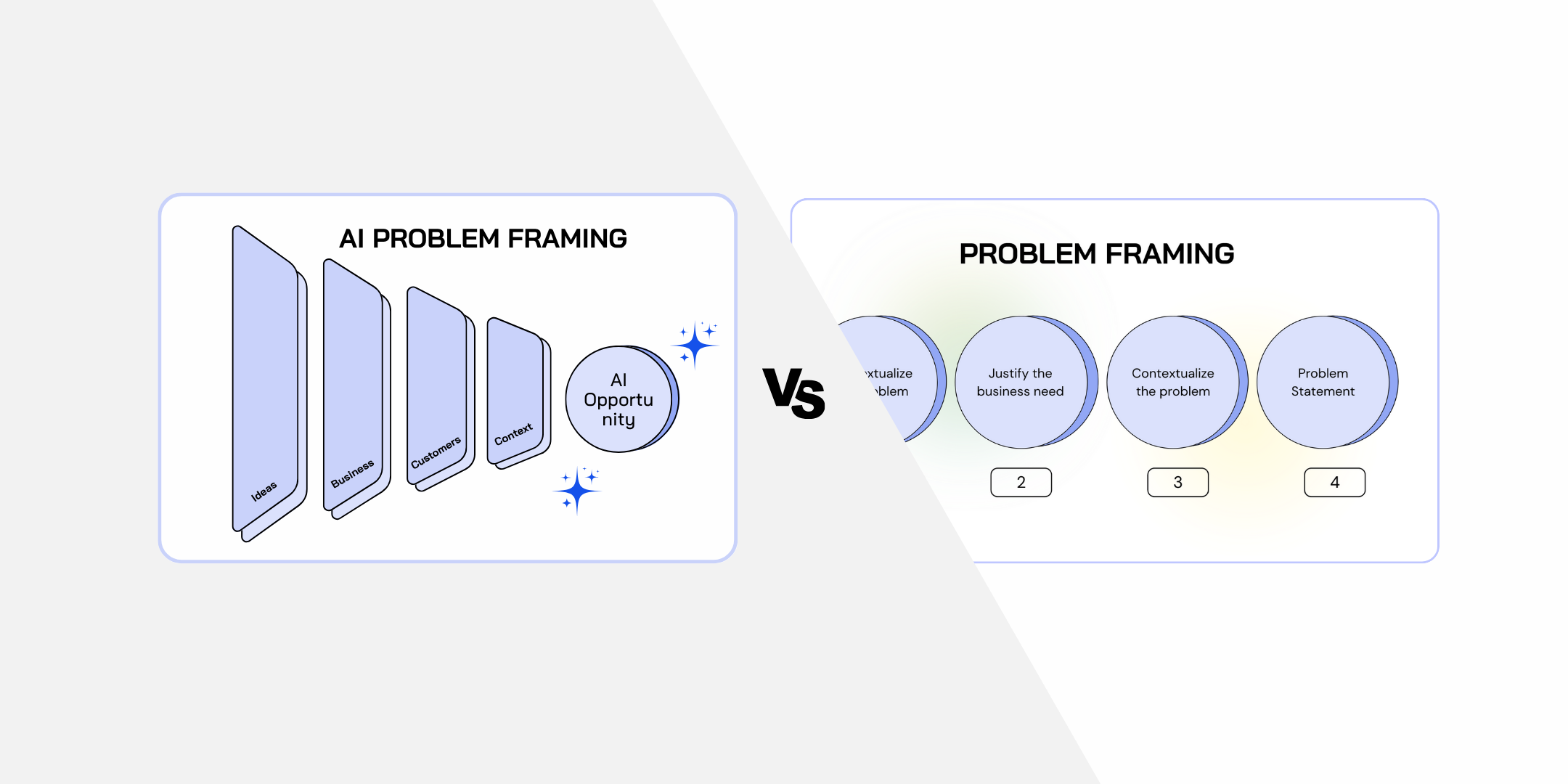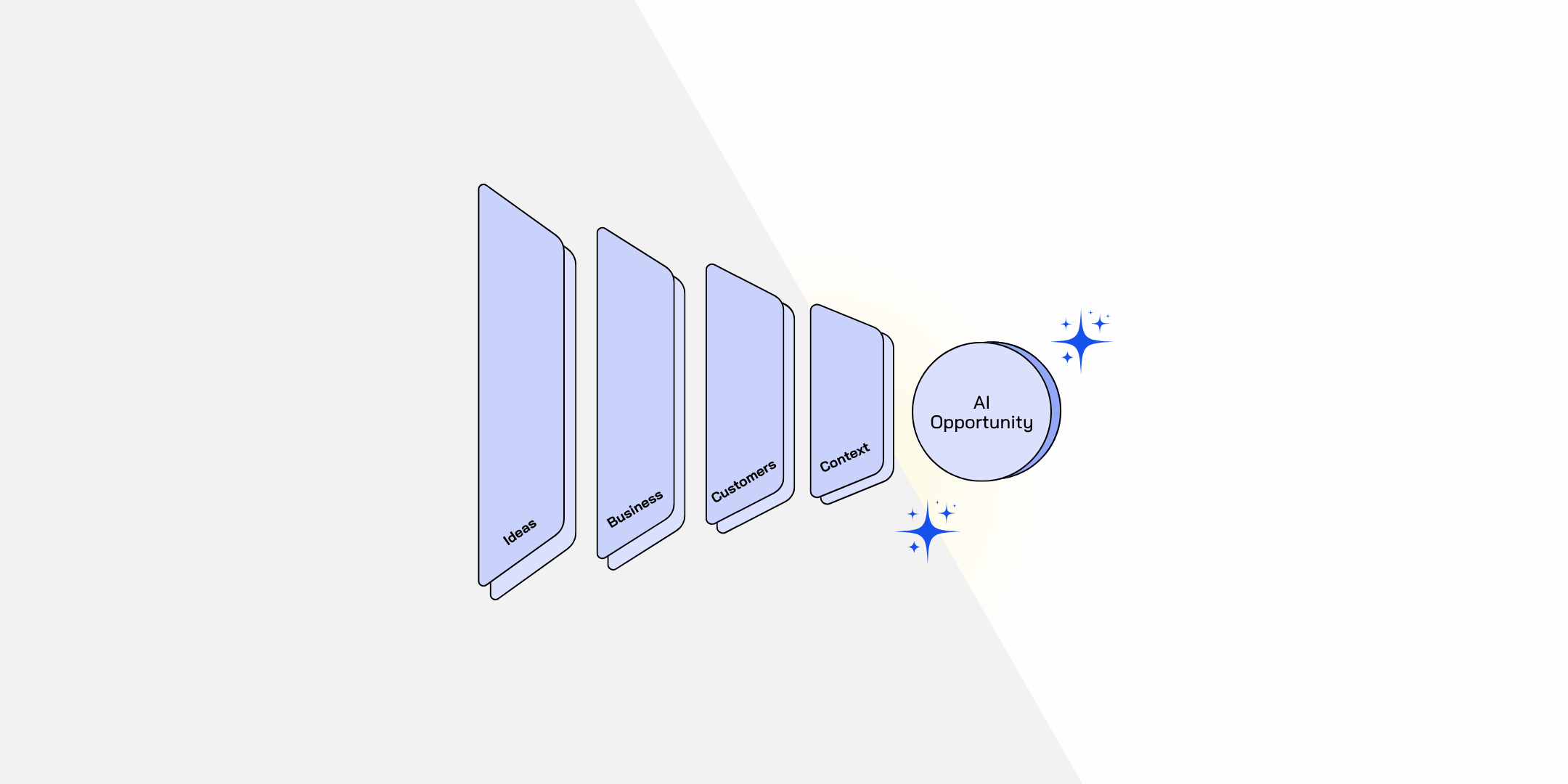We’ve trained teams in 20+ Countries. Here’s what we did at the World Bank in D.C.

Washington, D.C. Three days. Multiple cross-functional teams. One clear goal: learn how to frame the right problems and test the right solutions.
The Opportunity
The World Bank brought together several internal teams in Washington, D.C.—diverse in expertise, function, and mission. Their goal wasn’t to solve a specific problem. It was to build the skills and mindset needed to work more strategically and collaboratively in a fast-moving environment.
They didn’t want another inspirational offsite. They wanted to learn how to make better decisions, faster.
So they invited us to train them in the two methods we’ve been teaching across industries and cultures since 2017: Problem Framing and Design Sprint.
Problem Framing Training
1-day
Participants were introduced to the core principle behind the method: solve the right problem before you try to solve it fast.
Each team worked with a real challenge from their context and practiced how to:
- Identify assumptions and gaps in understanding
- Align diverse stakeholders around a shared problem
- Turn fuzzy issues into clear problem statements worth solving
This wasn’t about filling out templates. It was about learning how to create alignment, clarity, and focus—essential foundations for any innovation effort.

Design Sprint Training (Accelerated Format)
2-days
Over the next two days, teams experienced a compressed version of the 4-day Design Sprint—hands-on and fast-paced. They moved through every phase of the process: mapping the challenge, sketching ideas, making decisions, building prototypes, and testing them.
The Design Sprint is a practical application of design thinking. Instead of abstract principles, it offers a structured, time-boxed process for moving from insight to action. It compresses weeks of guesswork into just a few days—and gives teams a way to make progress without needing perfect certainty.
Here, the focus shifted to one of the sprint’s core principles: fail fast, learn faster.
Instead of fearing failure, participants were encouraged to test bold ideas quickly, get feedback early, and use small experiments to gain big insights. It’s a mindset shift many teams need—one that only sticks through practice.
Throughout the sprint simulation, participants learned not only the method, but also how to facilitate it: how to guide discussions, manage team energy, and move from conversation to action.
To support long-term adoption, we provided detailed facilitation notes, sprint templates, and structured reflection tools.

Why It Worked
This training wasn’t about memorizing steps. It was about building confidence through practice.
By experiencing both Problem Framing and Design Sprint end-to-end, participants walked away with:
- A clear understanding of when to use each method—and why
- The ability to define real problems, not just symptoms
- Firsthand experience prototyping and testing ideas under time pressure
- The skills to run these processes with their own teams—without outside support
The Takeaway
Problem Framing teaches teams to focus on what matters.
Design Sprints teach them how to solve that problem and move faster.
Together, these methods give organizations a practical, repeatable way to make better decisions, reduce risk, and accelerate progress with confidence.
How would your team change if they could spot the real problem before jumping to solutions?
That’s what World Bank teams learned to do.
You don’t need more tools. You need the skill to use them when it matters.
Let’s talk about what would need to be true for this kind of training to work in your organization.

















